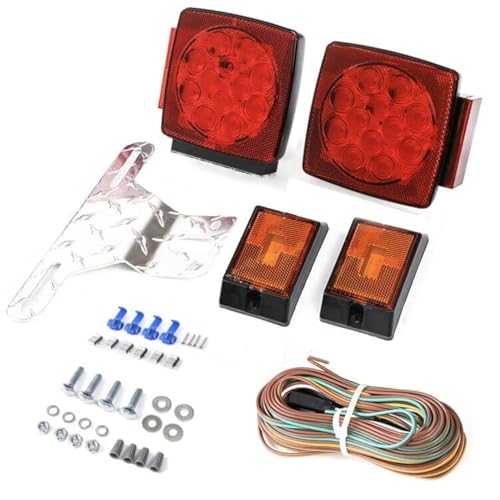VTCrestliner
Member
I'm planning a simple upgrade of her present condition -- basically new seats, inside bottom paint, and maybe some some rod holders and basic storage. I'd like to keep it simple restoration style. I'm definitely a fisherman, though so it needs to be a working boat rather than a garage queen. Not sure if I'll be polishing the aluminum, that seems like it would dull again pretty quickly on the CT river. The hull is in excellent condition however, and it even still has the original decals.
Seats are sad looking however with old carpeting nailed on, and it looks to me like one at least has been relocated. There is only one remaining aluminum flotation chamber, and the seat it is attached to has fallen below it's support cleat.
There's a little confusion over her exact model (though it is definitely stamped #205) because the Super Seaman of 1958 didn't have as large a foredeck as mine has, and also did not have the cast bow handle. The '58 catalog shows this model with a smaller breasthook, with an oval hole in it for a handle. This seems like an upgrade that wasn't listed in the catalog.
Anyway, I really like the boat, and am looking forward to prettying it up (within reason). I have a Mariner 8 2-cycle 6G1 model (Yamaha in disguise), and that hasn't run for 20+ years, so I'm working on that at the moment. I just rebuilt the water pump (though the old impeller surprisingly looked fine. I just got the lower unit back on yesterday, but before I could adjust the shift linkage it started to rain, and it has been pouring ever since.[/align]
We got 15" of rain in July in my county -- normal for us is 4-1/2" so I'm thinking at this point maybe I should have skipped the Crestliner and bought an ark!
Well here's hoping it''ll stop soon so I can get this new rig out on the water for a test run!











































































